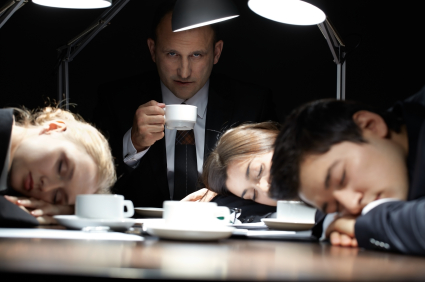London, Sep 16: The longer the work hours or overtime you put in, the higher your chances of developing coronary heart disease within 10 years, says an alarming study.
 Working for more than a 40-hour week has already been linked to stress, dissatisfaction and compromised health.
Working for more than a 40-hour week has already been linked to stress, dissatisfaction and compromised health.
Now, new research on 8,350 Korean adults has found that it may also increase one's risk of developing coronary heart disease (CHD) or narrowing of the blood vessels that supply blood and oxygen to the heart.
"We found that those working 61 to 70 hours had a 42 percent increased likelihood of developing coronary heart disease," said lead researcher Dr Yun-Chul Hong from the department of preventive medicine at the Seoul National University in South Korea.
"Those working 71 to 80 hours had a 63 percent increased likelihood while those working more than 80 hours ran a 94 percent risk," he added.
Dr Hong and team found that working hours were significantly related to the risk factors of coronary heart disease such as blood pressure, cholesterol levels, diabetes and smoking habits.
Significantly, the authors also found that those who worked less than 30 hour per week also had higher cholesterol levels. This means that compared with people who worked 31-40 hours a week, those who worked less than 30 hours a week tended to have a worse health status.
"Regarding this finding, we considered the possibility that selection processes may differentiate those who worked very long hours and reduced hours from the standard full-time workers," Dr Hong noted.
We hope that these findings contribute to the proper management of working conditions and enhance quality of healthcare for workers, particularly for those at risk of developing CHD, the researchers concluded.
The paper appeared in the American Journal of Industrial Medicine.





Comments
Add new comment